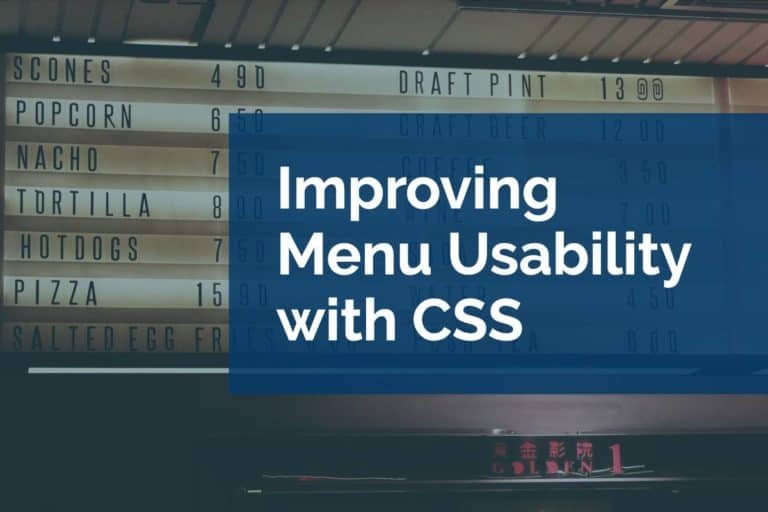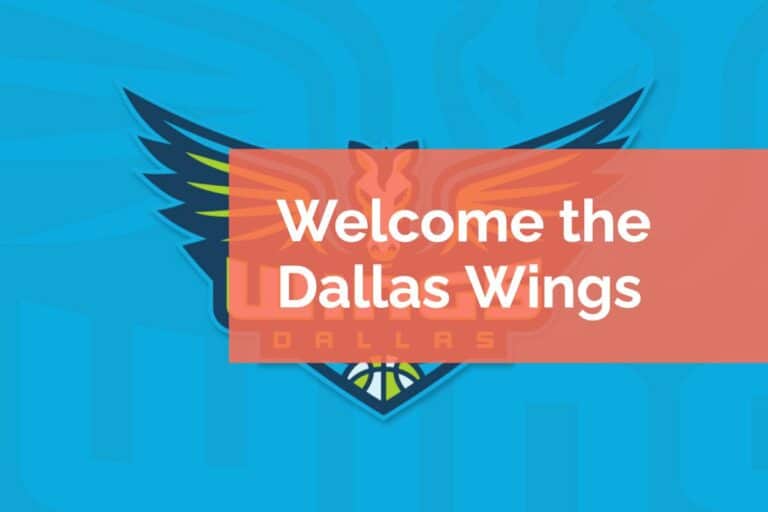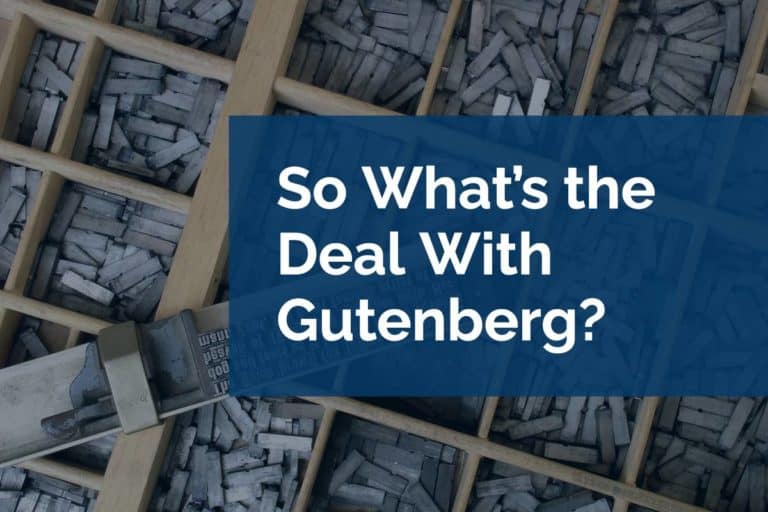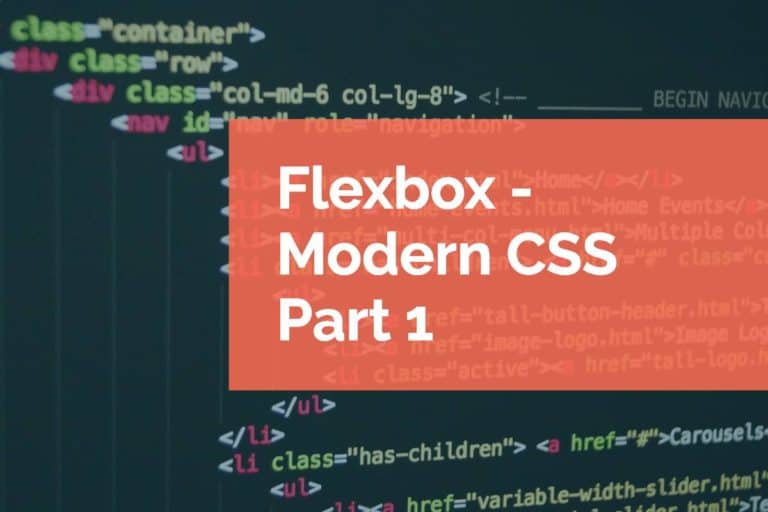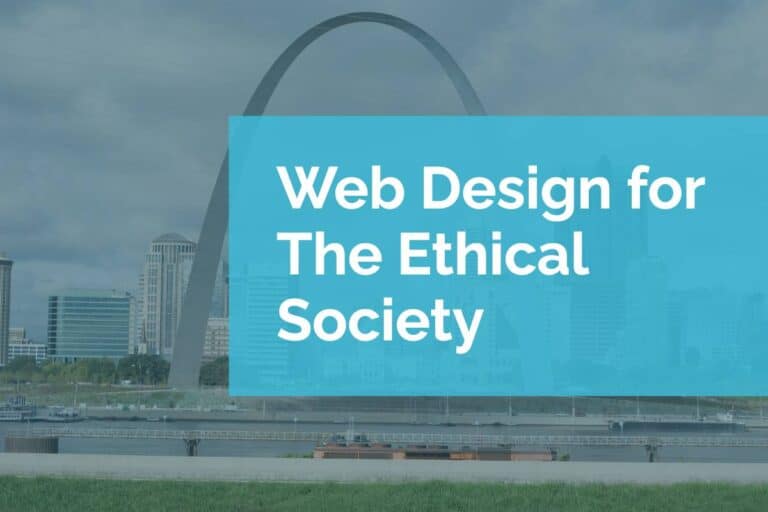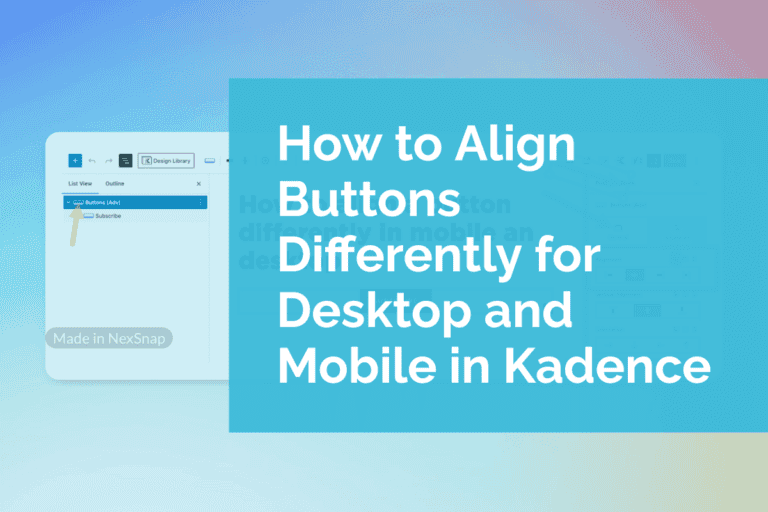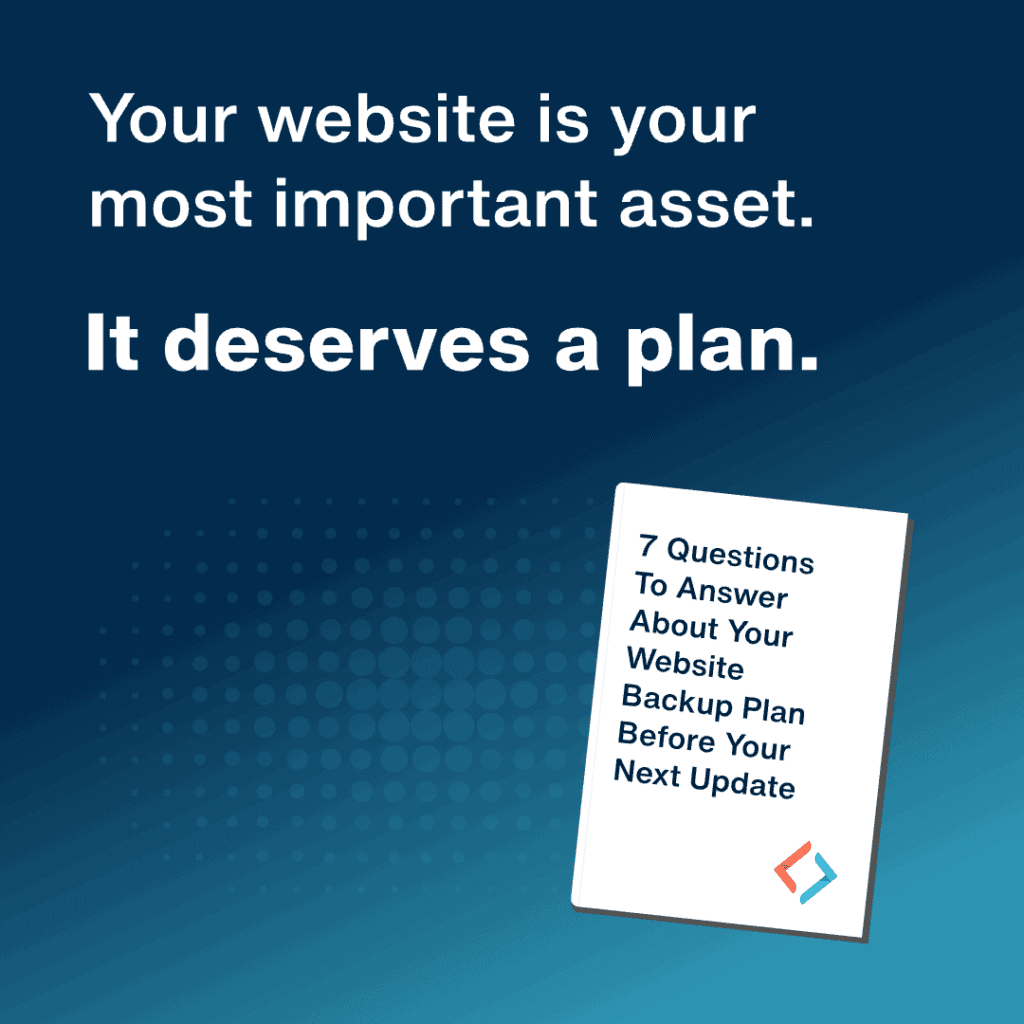Choosing the Best Website Design Process
This is the final post in our five part series on using custom work to achieve the best website design. In this entry, we’re focusing on how to make the best choice.
Where to Start
Deciding which design approach is best for your project really comes down to three factors – requirements, time, and budget. When deciding what you want in a website, it’s easy to get carried away with an ever-expanding want-list. But it’s important to consider that every request requires time to build and adds to the overall budget. Sometimes those wants may not actually provide a viable return on investment or further the goals of your website. So how do you prepare to find a web development partner for your project?
The Very First Question
Why do you want a website? This is a question we ask every client. Make sure you have a good answer. “Because we need one,” is vague and gives a web developer very little to go on when building your site. In the end you may be disappointed by the results of the site if you aren’t sure why you need one in the first place. Websites are not magic money makers. Websites are tools that businesses use to help them present and improve their business. Instead, if you tell us that you want a website “to showcase your product line” or “to bring attention to your non-profit cause” we better understand the site’s intent, audience, and needs. We can build a website that is a much sharper tool for you to achieve your business goals.
Decide What You Want
Make a list of wants. Then also make a list of needs. Make sure each item on that list ties back into your overall goals. If an item doesn’t help you reach your goal, scratch it off the list. This will give you a better idea of how to achieve the best website design for your business. We often get asked, “How much to build a website?” which is like asking, “How much to buy a car?” But if you ask a developer to “build a membership site with PDF download capabilities”, the proposals you receive will be much more accurate.
Timing and Deadlines
Next, consider your timeline. Are there any deadlines or dates that create a must-be-live-by situation? These are important to communicate to your developer to make sure your goals are realistic and still work within your budget. Also take into account the possible length of the build time. Even if you have six months to build a great website design, are you willing to spend six months collaborating on a website project? And do be aware that your feedback is going to be required at certain stages of the development cycle.
Have a Budget
Finally, give yourself a budget range. This can be a bit more difficult to gauge from an outsider’s perspective. But it is always good to ask yourself what you are willing to spend on your website. So again, if you are asking for the moon, your proposals are going to come back with Apollo Program-like price tags and timelines. Which is why it’s necessary to make a list of needs as well as wants. If a proposal for everything is more than you are willing to invest, you can opt to remove some of the “wants” to help manage the budget.
Choose the Best Website Design Process For You
Armed with all the information above you should have a good sense of which design process will be right for your project. Knowing what you need, how long you have to build that, and what you are willing to invest in the project should point to one of these three design processes. As you start contacting web development professionals to work with on your project, you can discuss these options. Sometimes they can come up with creative solutions to achieve the same goals in different and better ways. Building a website is a creative and collaborative process, have fun with it! We wish you the best of luck in your venture.
